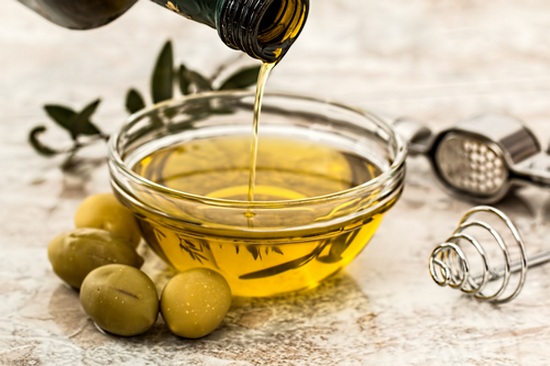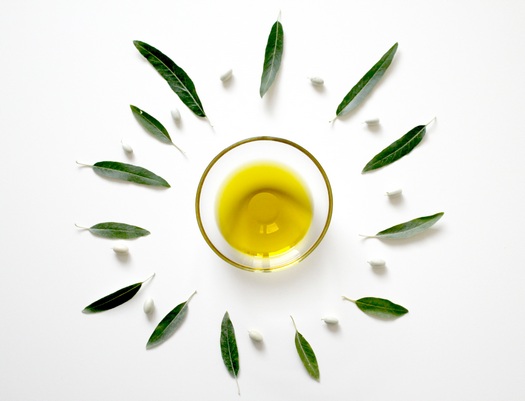How to find out If Your Extra Virgin Olive Oil Is The Real Deal
I’m no Olive oil officiando, but looking into the Olive oil industry it is not hard to appreciate that getting the right Olive oil for your requirements is very much like choosing the right wine. Olive oil can be a part of the Ketogenic diet so it would be nice to know you have the right stuff!
So we might look at the colour of the oil, it’s smell, and it’s taste character to determine if it is something we are happy with. Things like the shape of the bottle, the brand and the origin of the olive oil may be starters for our research for the “right oil”.
Some of us may not really care about what Olive oil we buy – it may be something that we buy out of habit mainly for cooking. A brand that we have always bought but haven’t really considered why.
But, and it is quite a big but. We should be aware of what sort of Olive oil we are buying because we may be missing out on some health benefits – Not all Olive oils are equal.
It seems there are a lot of deceitful olive oil producers out there and the labelling of some oils is just a sham. In fact a study by the University of California, when testing Extra Virgin Olive Oil from supermarkets, found that 69% of the samples they tested did not meet the legally required standards. Oooops!

Why does it matter if my Olive Oil is not Extra Virgin?
I have an answer for you and it comes from Katerina Mountanos, the owner of the company Kosterina, and Katerina is an Authority on Olive Oil:
What’s The Real Oil?
“Premium extra virgin olive oil is the juice that comes from the first press of green olives, which means that they are not yet ripe. This first press is important because it contains tons of polyphenols – the naturally occurring antioxidants that have been proven over and over again to improve health, reduce risk of disease and increase longevity.
When I started Kosterina, I learned that it takes 12 pounds of unripe, green olives to produce each 500ml bottle of a premium extra virgin olive oil. I’ll say that again — 12 pounds of olives to produce one bottle! In order to be deemed extra virgin, an oil must have 55 mg/kg of polyphenol content. Ultra premium oils can have much higher polyphenol content (Kosterina has over 500 mg/kg!) so that just 2-3 tablespoons per day can truly improve your health and longevity. Greeks consume 20 times more olive oil than Americans and I now feel obligated to teach the American consumer about the incredible health benefits of true extra virgin olive oil and how to identify the good stuff!”
Does Katerina have a method where uneducated olive users like me can sort the good oil from the bad?
She certainly does, and here it is:
So How Is The Average Health Enthusiast To Know What’s Real And What’s Fake?
“The only way you’ll find out is if you smell and taste your olive oil–similar to how you would taste a fine wine. Here’s how to taste olive oil like an expert and what to look for:
-
Pour a shot of your olive oil into a small, preferably round glass. (A wine tumbler or short cocktail glass work best).
-
Cup the glass with one hand and cover the top with the other. We cover the top to trap the scent inside.
-
Twist the glass in your hand to attempt to warm the oil with your body heat and move it around in a circular motion.
-
Now uncover the glass and bring to your nose for a deep whiff of the olive oil. If it smells fresh like grass, fruit or vegetables, it’s more likely that your oil is truly extra virgin. Common identifiable scents from truly premium olive oil are grass, green or red tomato, banana, arugula, spinach, apple, citrus or almond. If you’re not getting much of a fresh scent, it’s likely not extra virgin. Anything that smells musty, rancid or is odorless is not extra virgin oil.
-
The next step is to actually taste it. Give the glass a swirl and take a sip of the oil in your mouth but don’t swallow just yet. With clenched teeth and open lips, inhale to bring some air into your mouth and swirl the oil around your mouth. Then drink it. A true extra virgin will reveal lots of fruit and vegetable flavors as you swirl it around your mouth and will have a peppery or bitter taste at the back of your throat when you swallow it. It’s normal to cough, and in fact premium olive oils are often characterized as one-cough, two-cough or three-cough oil. The more coughing, the more the polyphenols and the better the oil!
No fresh scent, no bitter or peppery taste and no cough? Toss it and upgrade! Don’t waste your time with lesser oils!”
So there you are, follow these steps and you will be an educated Olive oil consumer, great for your Keto diet recipes.
That is cool stuff my man, thankyou.
My pleasure I am glad it was of interest to you.

